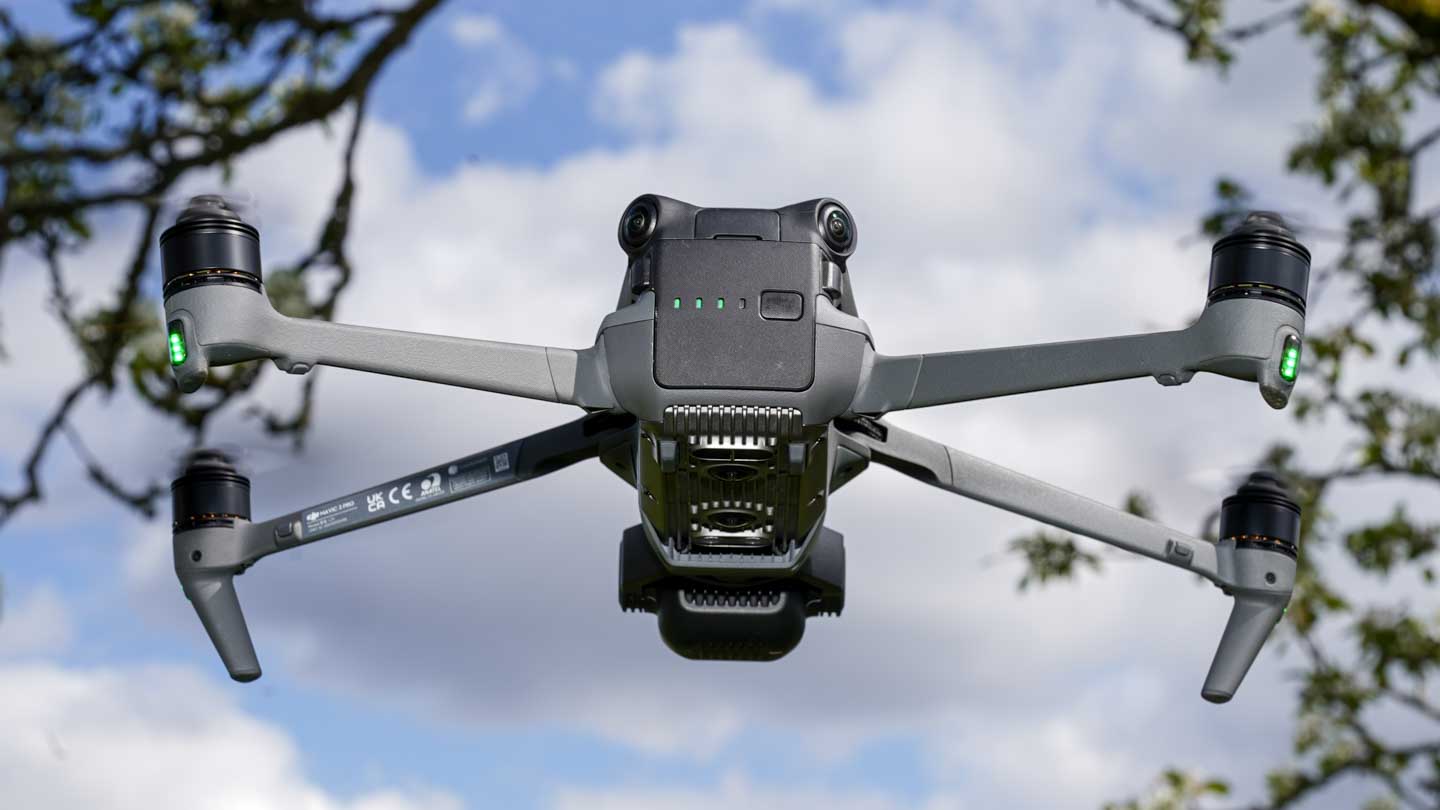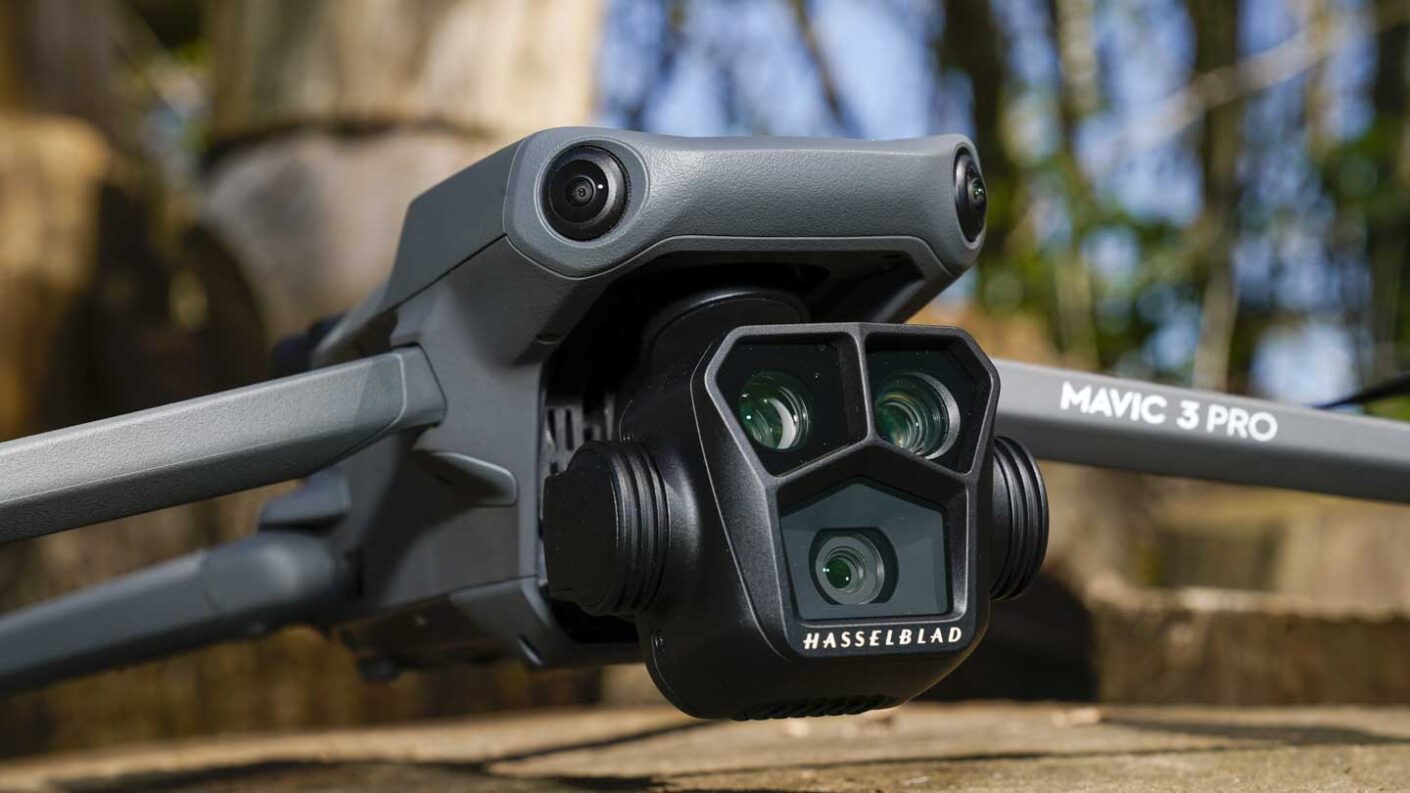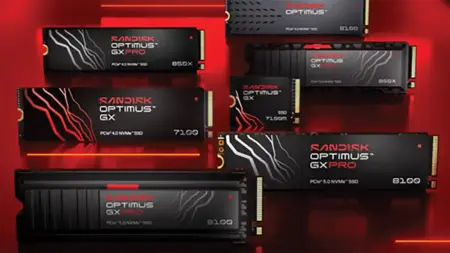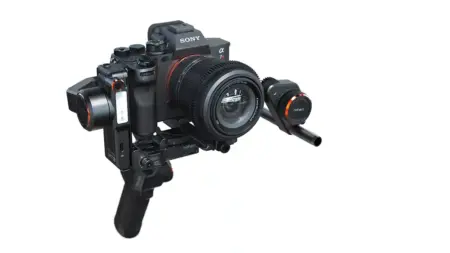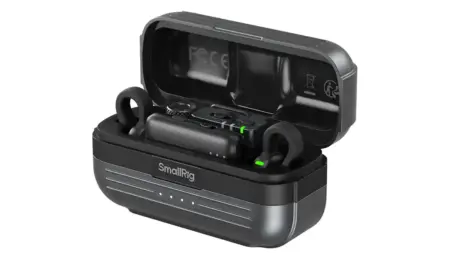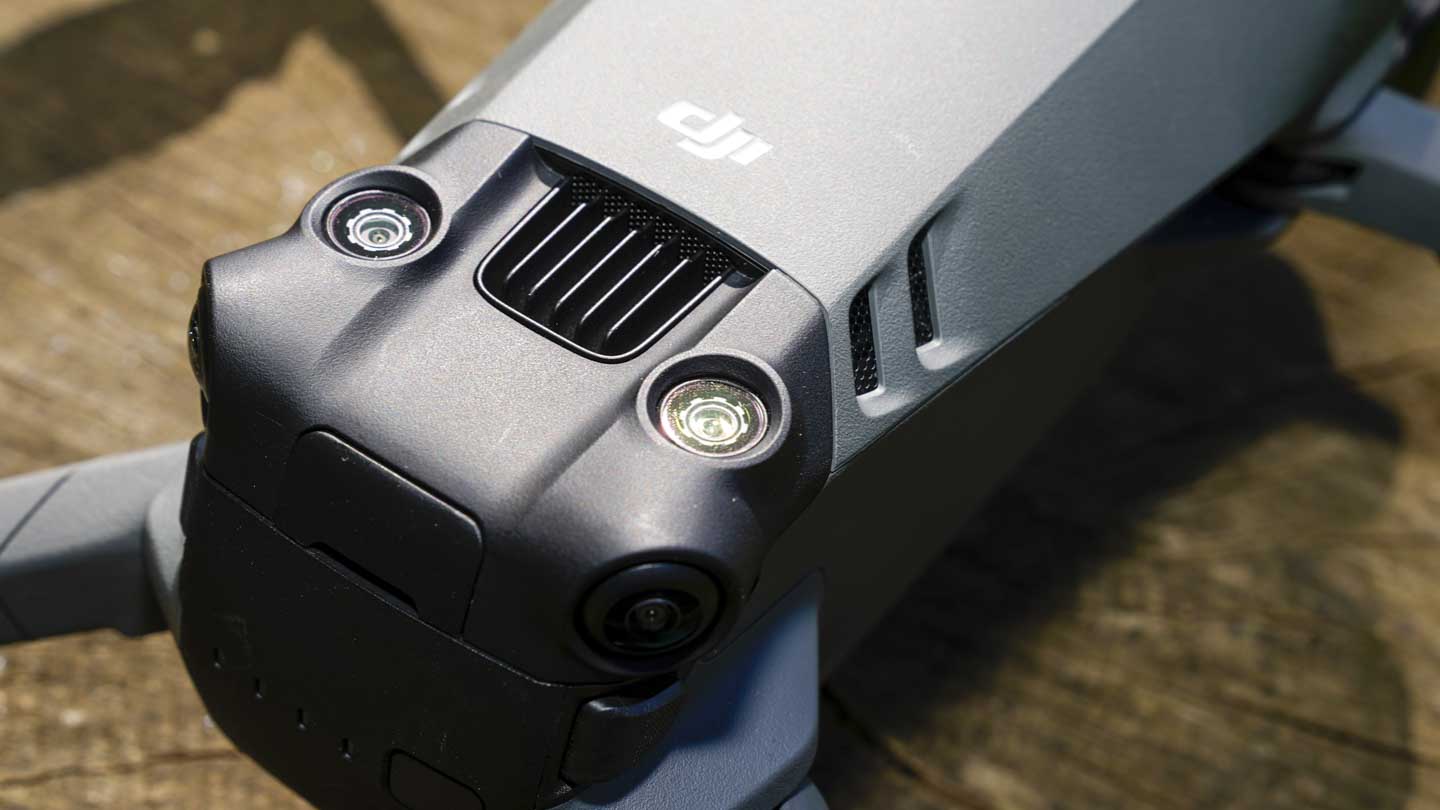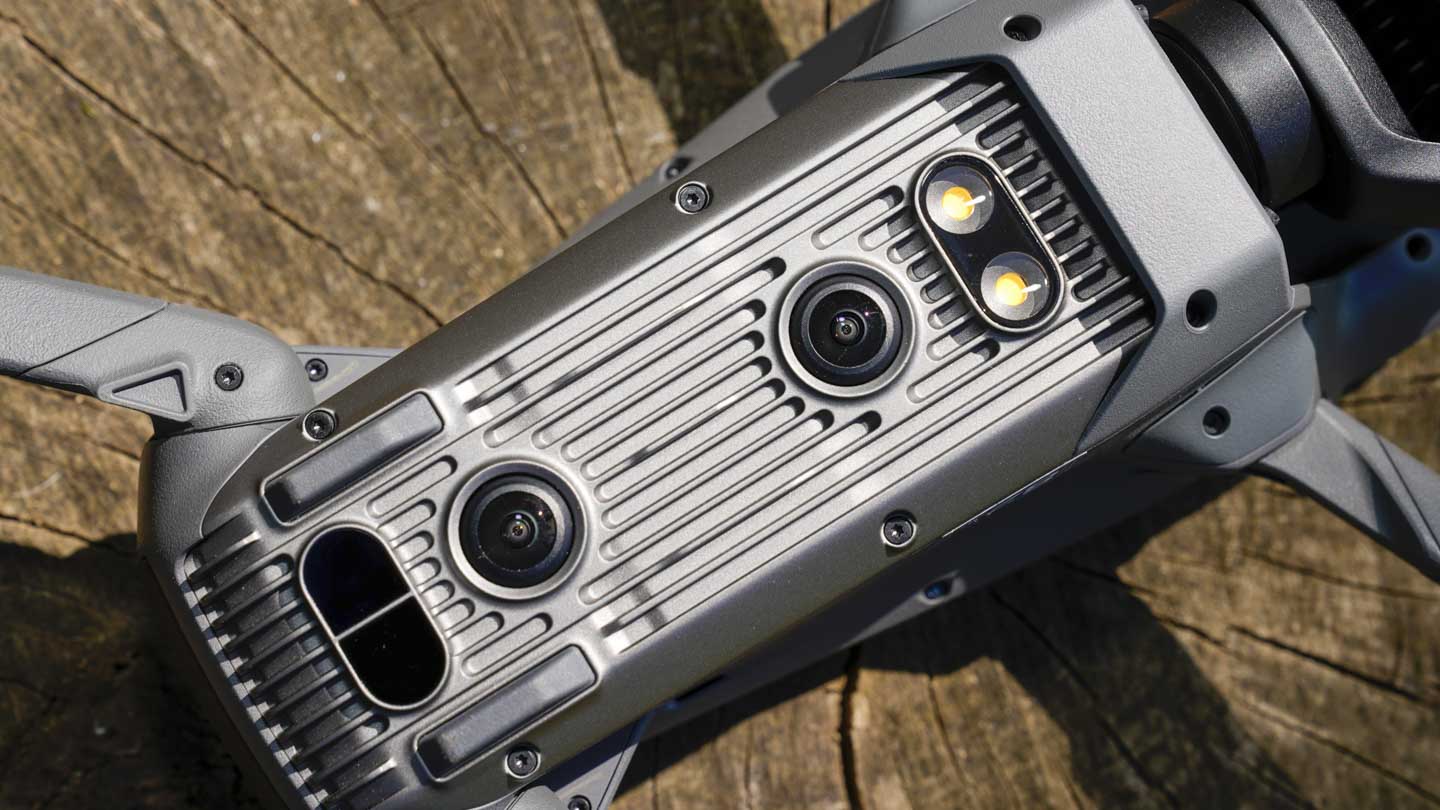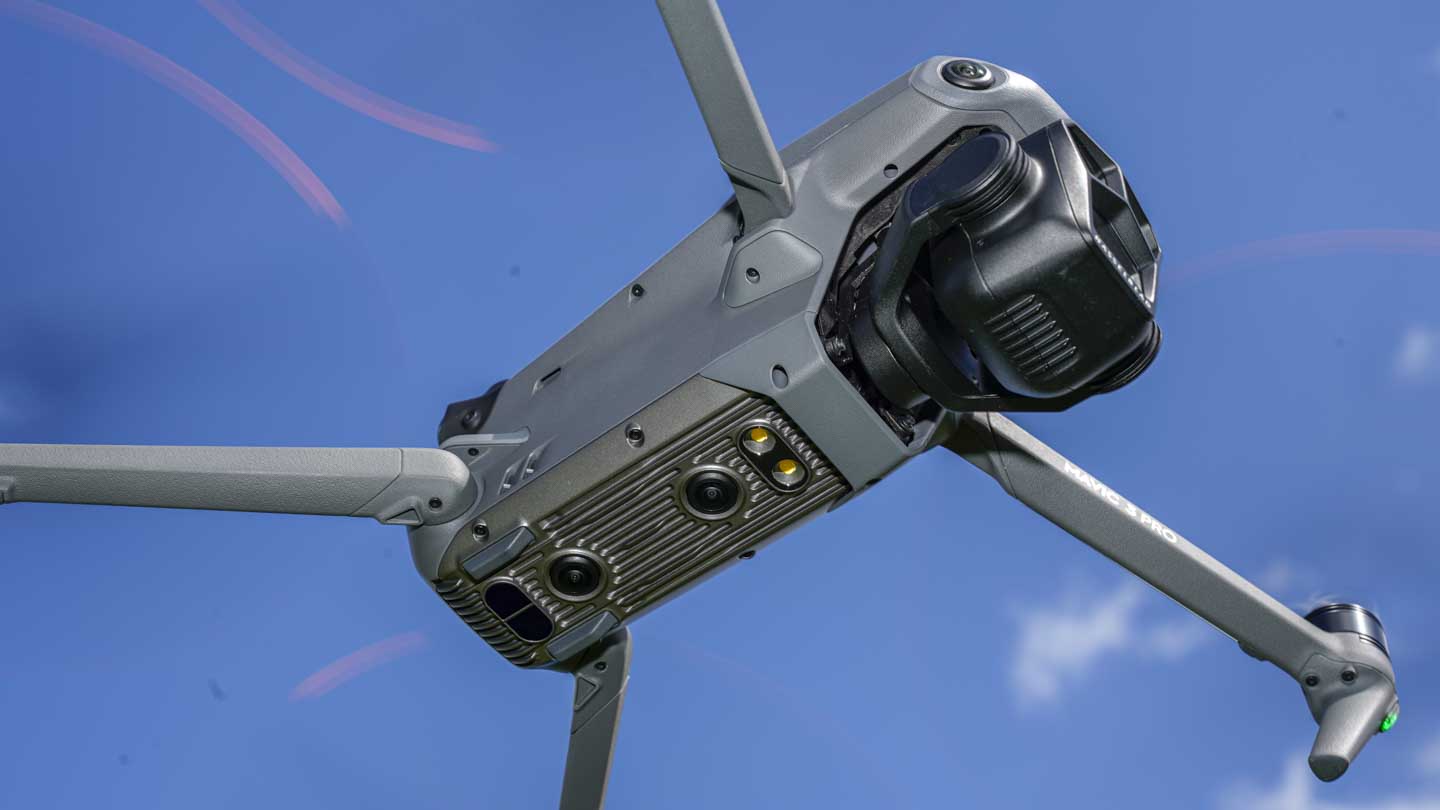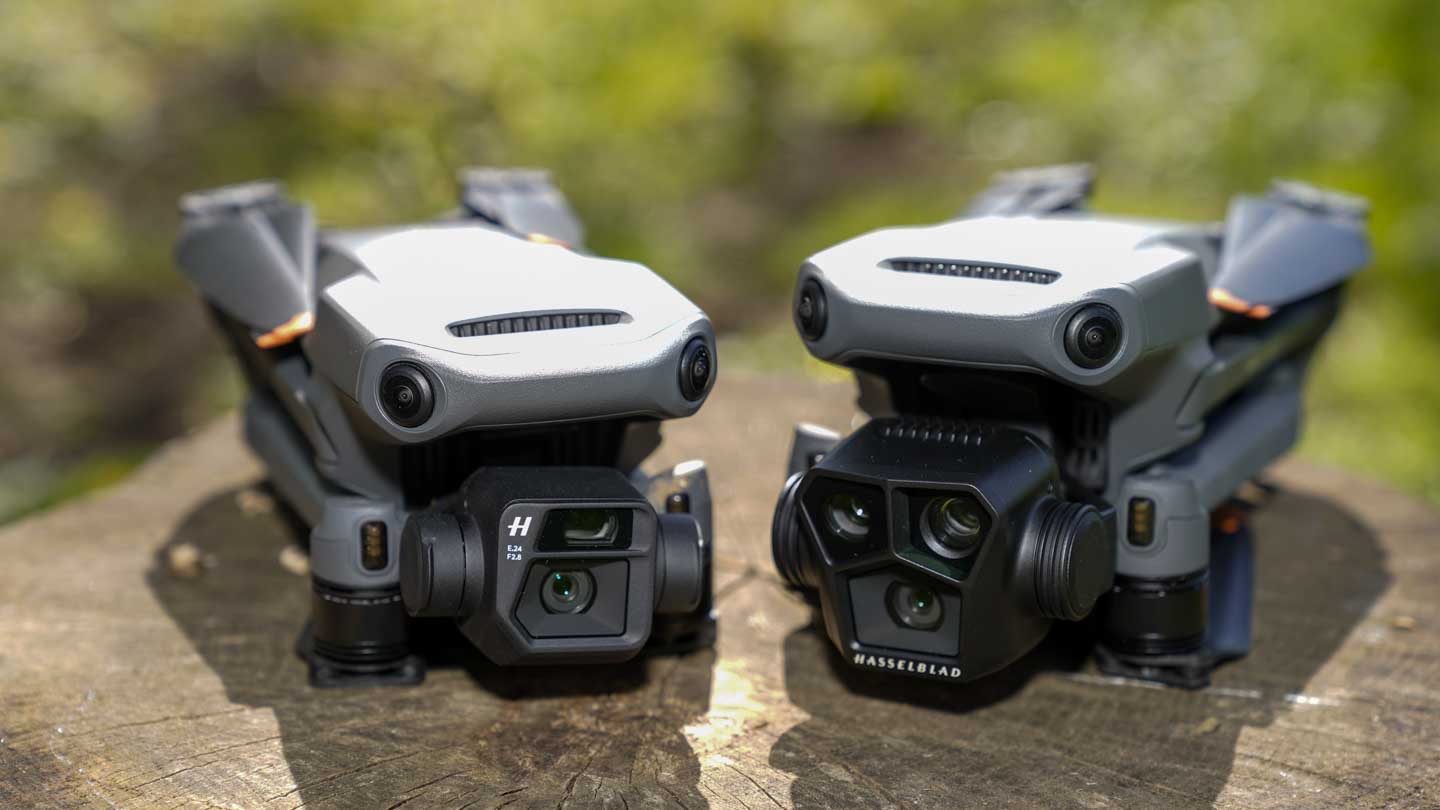The DJI Mavic 3 Pro is an impressive drone when it comes to flight performance. With a maximum flight time of 43 minutes, it offers a longer flight time than many other drones on the market, although does drop a few minutes on the DJI Mavic 3. This long flight time means that you can spend more time in the air, allowing you to capture more footage and explore your surroundings for longer periods of time. To actually get that flight time, however, it’s worth noting that you’ll need to use the camera at 1080p 24/fps and switch off features such as APAS and AirSense. You’ll also need to run the battery beyond its safe limit for returning. I managed around 25 minutes per battery filming with all sensors on, and a couple of landings in that time.
In terms of flight features, the Mavic 3 Pro has a range of intelligent flight modes that can help you capture stunning footage with ease. The drone features ActiveTrack 5.0, which can track and follow subjects while avoiding obstacles, making it perfect for capturing footage of moving objects such as cars, bikes, and even people. The drone also features Spotlight, which allows you to keep a subject in the frame while you fly the drone around them, and then there’s Point of interest where the drone essentially circles its prey creating stunning cinematic shots.
Testing out each of these features and it’s worth noting that you do need a decent amount of space to allow the drone full movement. In each mode especially Point of interest it was good to see the sensors kick in to stop the drone from reversing into some trees.
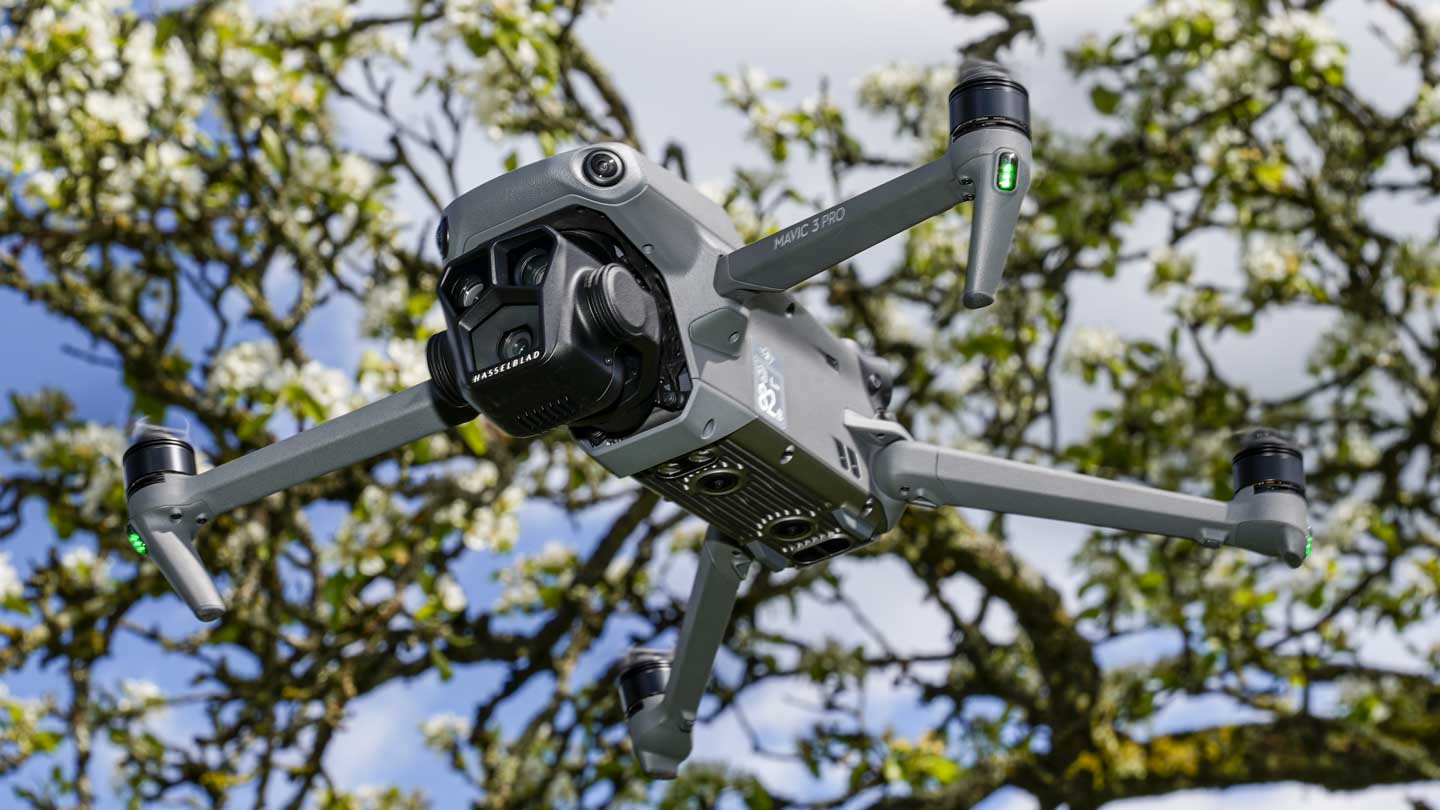
This brings me to the impressive obstacle avoidance system. The drone has 12 sensors located on its body, which can detect obstacles in front, behind, above, below, and to the sides of the drone. This allows the drone to avoid collisions with objects, making it a safer option for flying in crowded or complex environments. Essentially these kick in if an object is two close and either reduce the speed of the drone to make it easy for you to track it through or stop it dead in its tracks until you find another way to fly around the object.
The system works incredibly well, and when it kicks in it’s usually for a reason and is best not ignored.
The Mavic 3 Pro also has a range of other features that make it a pleasure to fly. It has a maximum speed of 68.4 km/h, making it fast enough to keep up with fast-moving subjects. The drone also has a range of up to 15 km, allowing you to fly it further away from your location and explore even more of your surroundings. I wasn’t able to test either of these features to their full potential due to space and the flight restrictions in the UK, however, across the fields where I could see its full flight easily it did go at a pace and the transmission to the controller appeared smooth throughout the flight.
Overall, the flight performance of the Mavic 3 Pro is excellent, with long flight times, intelligent flight modes, and advanced obstacle avoidance features.
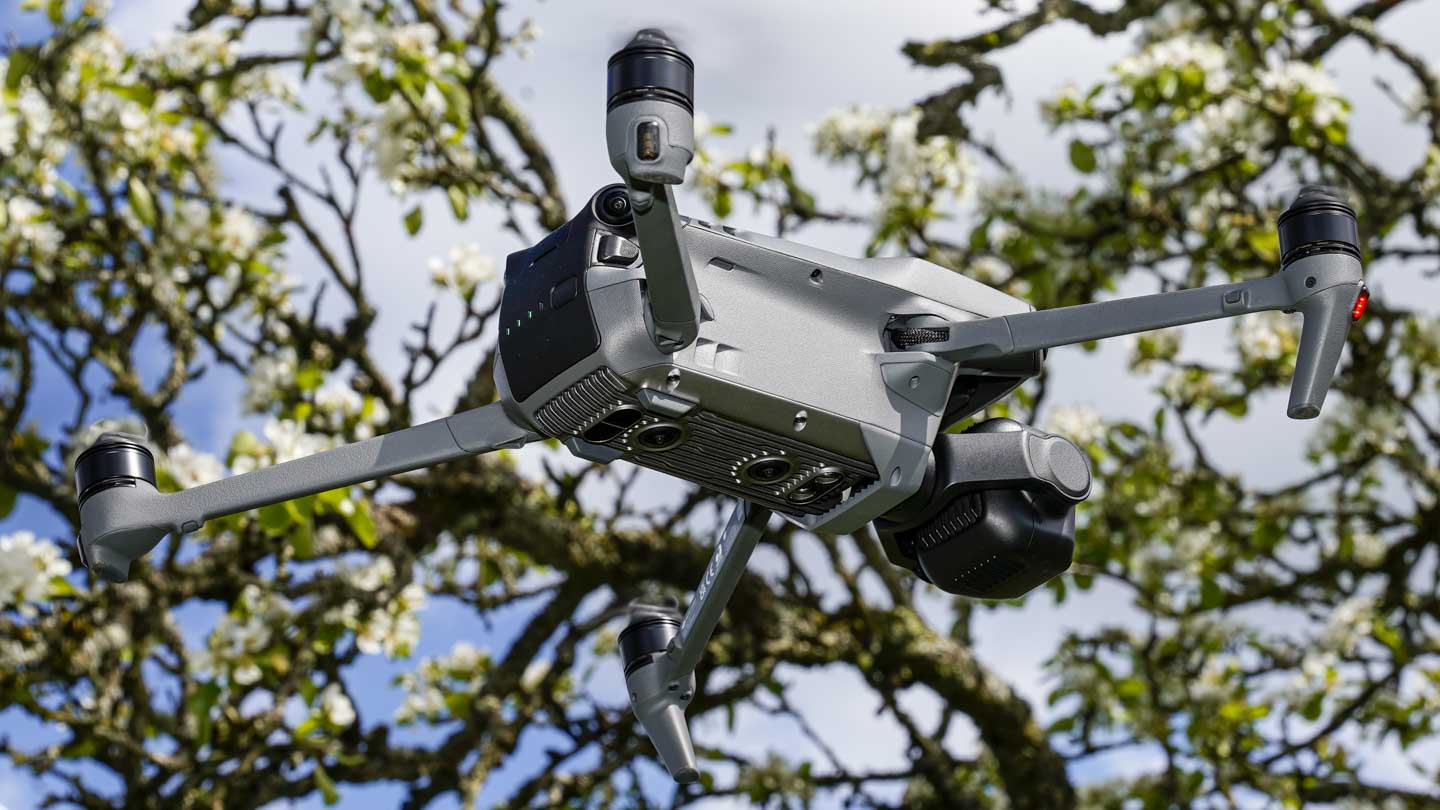
The big story here is of course the DJI Mavic 3 Pro’s camera quality which is simply breathtaking. Firstly before the cameras it’s worth noting that the video transmission is smooth and crisp, with minimal latency between the camera and the live view and the images being beamed back look amazing on the small screen at least!
Starting with the Hasselblad camera and this is selected by tapping the 1 on the screen. Then in the usual way through the DJI Fly app you can select each of the settings and options you want for that camera, such as aperture, shutter speed and sensitivity along with colour profiles.
In this test I used the newer RS Pro which is a simply outstanding controller with the screen built in so you don’t have to faff around with cables. Checking back the footage and images and the quality is simply outstanding with plenty of tone and detail that is far beyond the quality you would imagine you could capture with sunch a small drone.
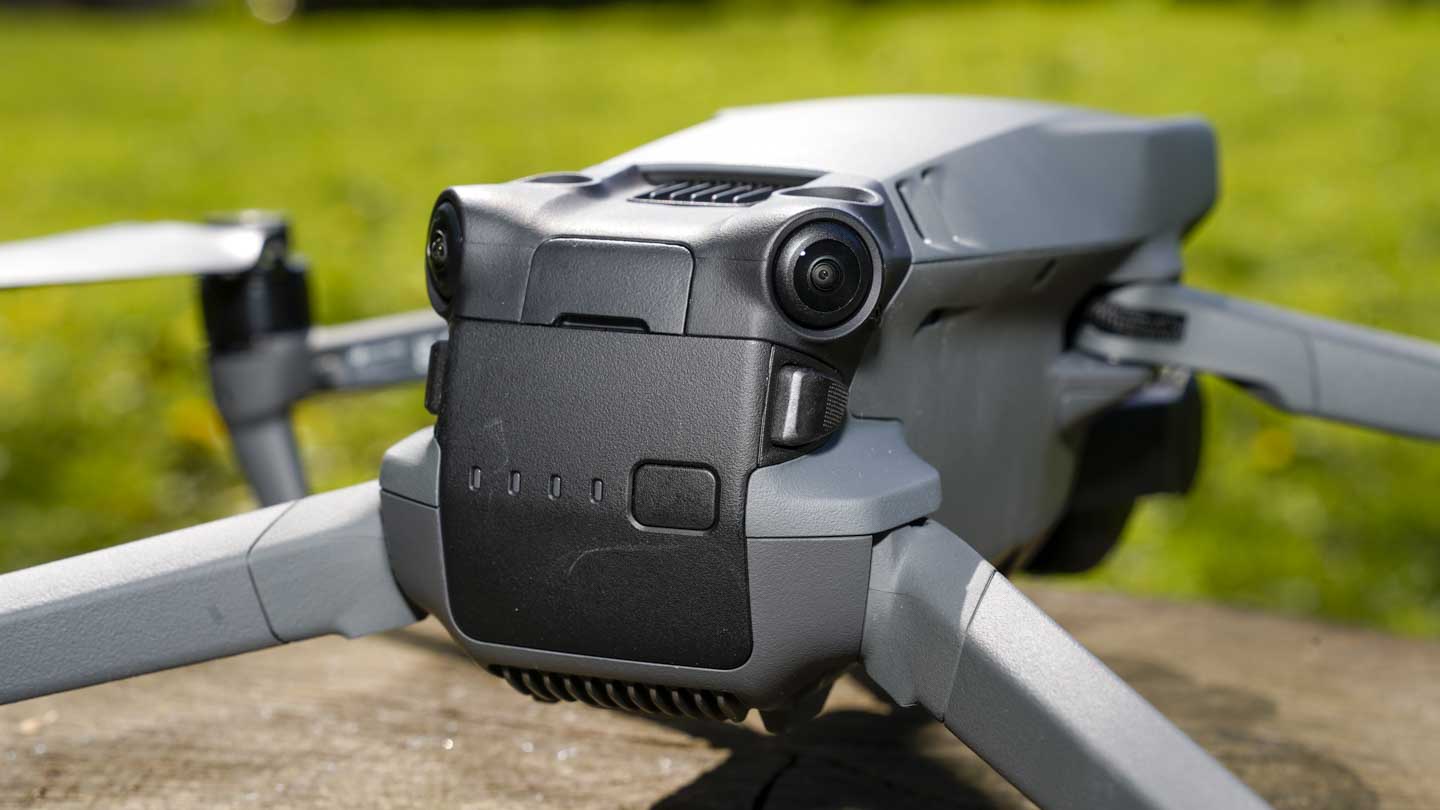
The Medium Telephoto can be selected by tapping 3, the camera and visual then change as the camera’s longer focal length is selected. Again the quality of the feed looks great on screen and again this is replicated in the footage with clean, clear crisp detail tone and colour. The quality of this lens and camera is far superior to the one featured on the DJI Mavic 3.
Finally, the Telephoto can be selected by tapping the 7, and again the quality of this camera is superb. Any camera shake or vibration that you think might be apparent is thankfully non-existent.
DJI’s experience with 4/3 sensors from their Zenmuse systems, such as the X5s, is evident in the Mavic 3 Pro’s camera quality. Ultimately, the Mavic 3 Pro is a serious imaging drone that can capture incredible quality footage at a fraction of the size and cost of other drones.
